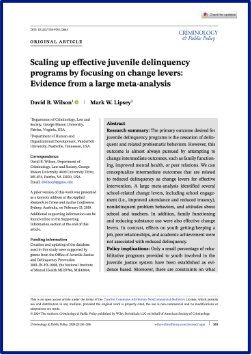By Kathryn Fleisher, Lisa Geller, Spencer Cantrell, and Josh Horwitz
The Indiana Jake Laird Law (JLL) Implementation Guide is designed for law enforcement officers, attorneys, judges, mental and behavioral health professionals, public health practitioners, suicide prevention and gun violence prevention advocates, and other stakeholders in Indiana to understand key concepts of the JLL. The JLL allows for the issuance of risk warrants, which are civil orders designed to prevent violence with firearms. Commonly known as extreme risk protection order (ERPO) or “red flag” law, the JLL is used to temporarily prohibit an individual for whom there is credible information to believe is at risk of harming themselves and/or others from purchasing or possessing firearms while the order is in effect, and allows law enforcement to temporarily seize and retain firearms under the law. In Indiana, only law enforcement agencies can petition for risk warrants under the JLL and are also the only entities that can serve court-issued warrants to remove a respondent’s firearm(s). Importantly, risk warrants are only one tool—albeit an important one—to prevent firearm violence before it occurs. The JLL is used with the intent of preventing mass shootings, suicides by firearm, and interpersonal gun violence.
Baltimore: Johns Hopkins Center for Gun Violence Solutions. 2025. 26p.





